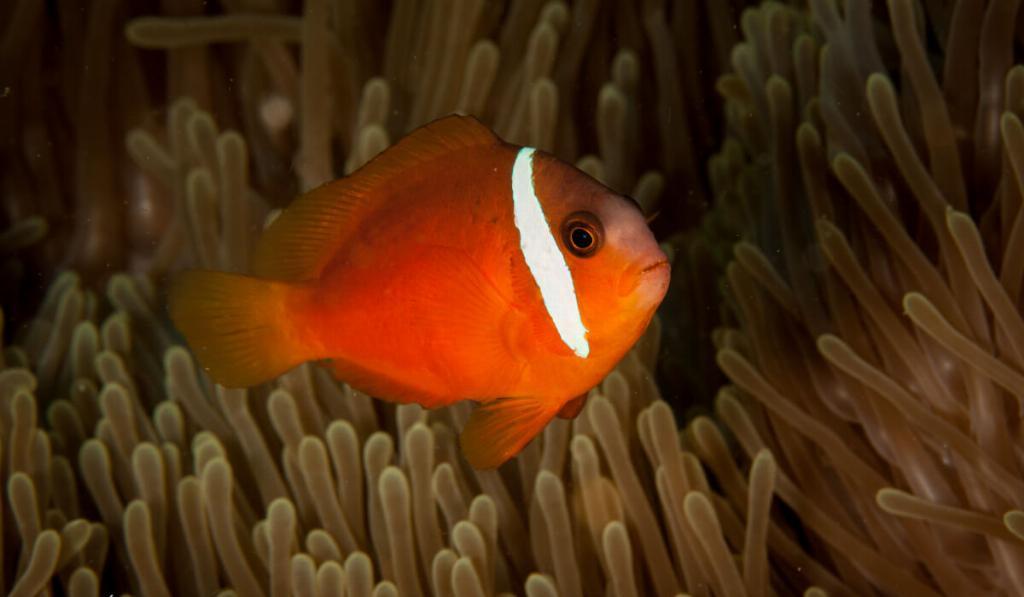Scuba Diving in Fiji
General Info
Diving Info
 Credit:
www.flickr.com
Credit:
www.flickr.com
 Credit:
www.flickr.com
Credit:
www.flickr.com
When to Visit
Diving Conditions
The water temperature in Fiji averages 25-28° C/77-82° F year-round. August brings the lowest temperatures while during February and March you’ll usually experience the warmest waters.
Depending on the dive site, you can expect inexistent to very strong currents.
The visibility tends to peak July through December. On average, the visibility is between 15 and 40 meters (50 – 131 feet), but it’s not unusual for it to reach more than 40 meters.
Types of Diving
Highlights
Rainbow Reef
Rainbow Reef is one of the most famous dives in the South Pacific, located in the Somosomo Strait between the islands of Taveuni and Vanua Levu. This multicolored wall of soft coral is truly impressive in itself, but so is the marine life circulating the area. Damsels, batfish, parrotfish, butterflyfish, triggerfish, barracudas, jacks, moray eels, and manta rays are some of the animals you can observe during a dive.
Mantaray Island
As the name suggests, Mantaray Island is a great spot to see manta rays. These large rays come to the island May though October to feed in the nearby channel which is filled with plankton and nutrients. And there’s more to the island than just manta rays; more than 200 species of marine life inhabit the waters. White-tip reef sharks, anemonefish, triggerfish, octopuses, pennant bannerfish, Honeycomb rabbitfish, Bleeker’s parrotfish, and lionfish are among the many animals you can see here.
Yasawa Islands
Yasawa is a chain of 20 volcanic islands of unspoiled beauty. The archipelago has a variety of dive sites that feature caves, canyons, swim-throughs, pinnacles, and bommies. The region is most famous for pelagic encounters like reef sharks and manta rays. And while it’s true that the reef is not as spectacular as in other parts of Fiji, you can still see a variety of both hard and soft corals.
Explore dive centers in the area

Ono Island

Kadavu Island
Passionate About Diving?
Explore a comprehensive dive map, track your dives, upload your dive logs, connect with your dive buddies or other divers from around the world, and more.



